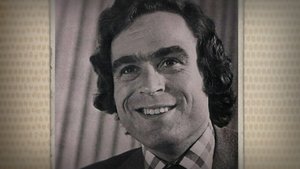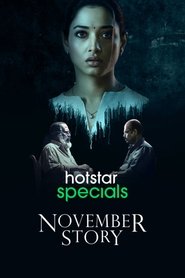Iwonder how many times over the last 40 years someone eyed the cache of tapes containing 100 hours of interviews with Ted Bundy – conducted by the journalist Stephen G Michaud after Bundy claimed wrongful conviction and offered his story in return for a re-examination of his case – before the decision was made that they couldn’t be made publicThose days are over. Into Netflix’s gaping maw and down the gulping true-crime documentary gullet they have gone, emerging at the other end in the form of the four-part series Conversations With a Killer: the Ted Bundy Tapes. When your first thought is how much the murderer would have loved to see this day, you know you’ve got a problem.The main one is that “conversations” isn’t accurate.Conversations with a Killer: The Ted Bundy Tapes Season 1 Download
The tapes are, in effect, a Bundy monologue, describing first his idyllic childhood (it wasn’t), high school years (“I was one of the boys,” he says, “not a social outcast in any way”) and on through his college days and girlfriends – a stream of revisionist, self-aggrandising words anatomising everything about him. Except, quite notably, any of the murders, assaults or kidnappings he had been convicted for or the many more of which he was suspected. Until, that is, Michaud suggested he hypothesise about what happened (a gambit that OJ Simpson ran with a few decades later in his book If I Did It, about the murders of Nicole Brown Simpson and Ron Goldman).Moving into the third person, Bundy “imagines”, amid much cod-philosophising and grandiosity, a man who kills in the hope of fulfilling “an appetite”. One of the tragedies (for others) of Bundy’s life is that he was never as bright as he wanted to be, never marked for greatness as he thought he should be – but he is bright enough not to be lured anywhere near to confessing. In that 100 hours he yields no ground.Unlike some of Netflix’s best true-crime TV series – such as Making a Murderer and The Keepers, or last year’s The Innocent Man – there are no narrative twists awaiting us here.


 1 - AllS1-Ep(1-4) Mar. 12, 2025
1 - AllS1-Ep(1-4) Mar. 12, 2025























